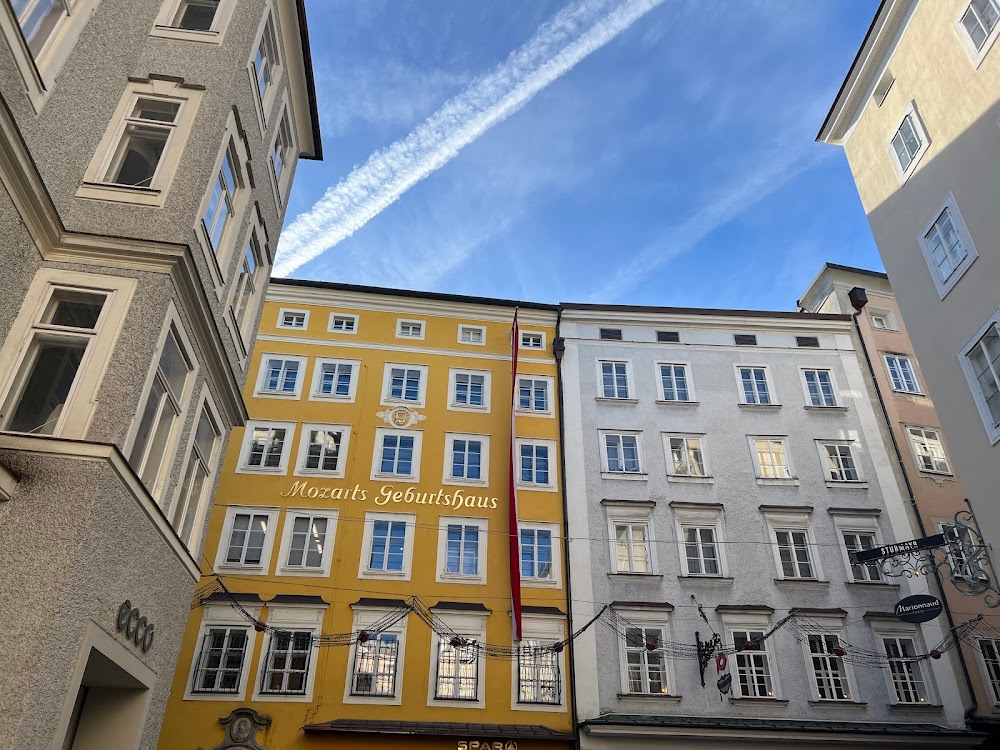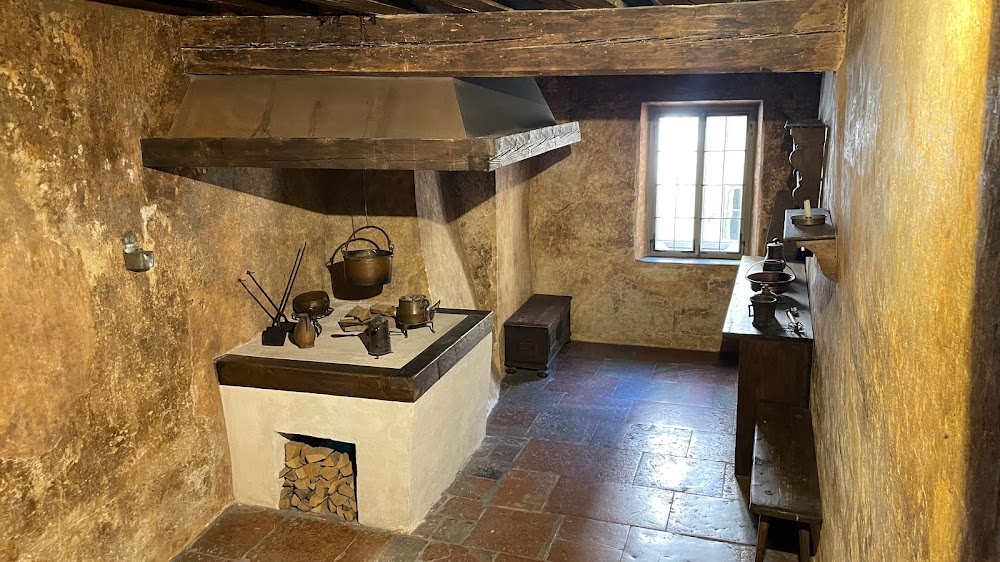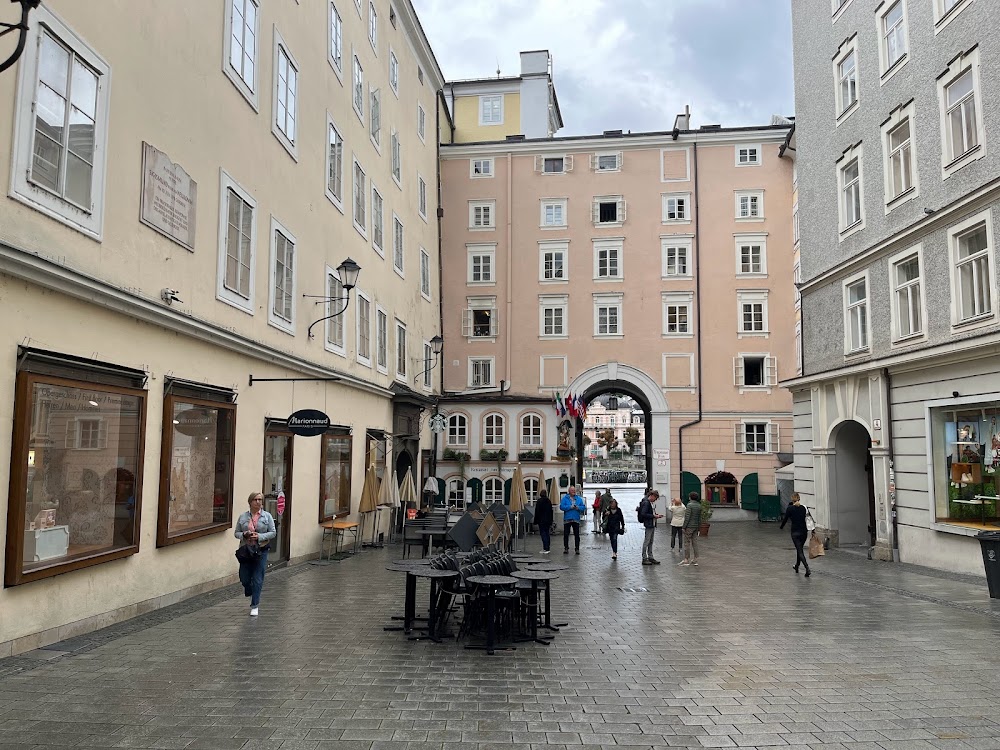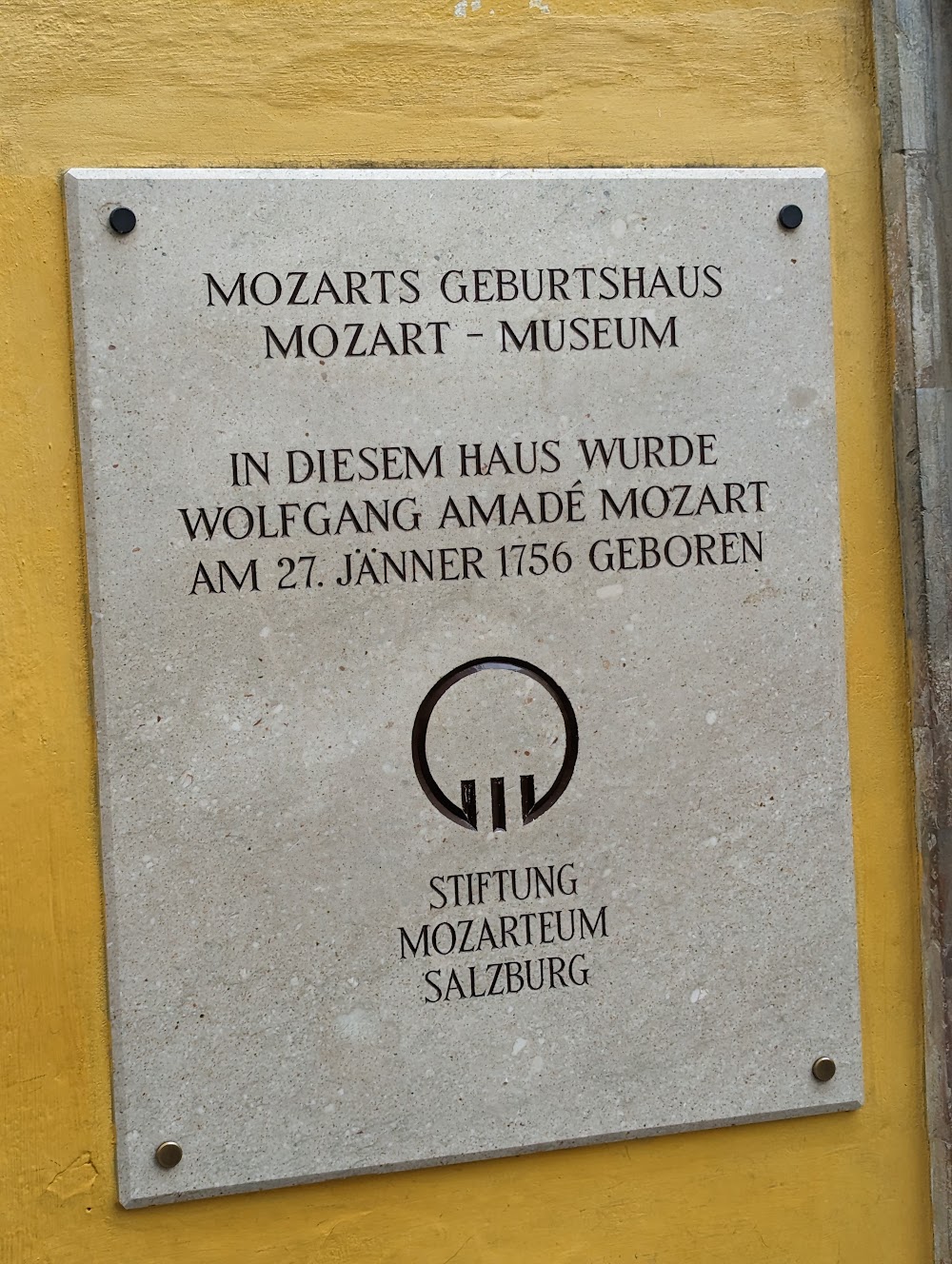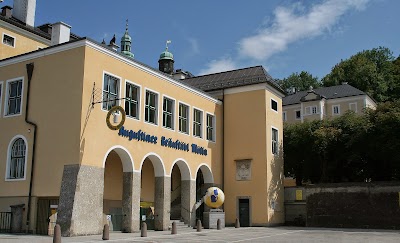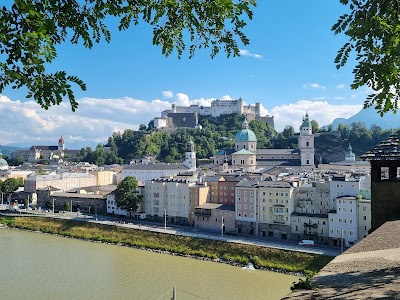Mozart's Birthplace (Mozarts Geburtshaus)
Overview
Mozart's Birthplace: A Musical Landmark
Mozart's Birthplace, located at No. 9 Getreidegasse in Salzburg, Austria, stands as a pivotal landmark for music enthusiasts around the globe. This tall, narrow house, adorned in a distinctive yellow hue, is the very place where Wolfgang Amadeus Mozart was born on January 27, 1756. While the building's modest exterior may seem unassuming, it conceals an immense historical significance and the remarkable legacy of the musical prodigy who first drew breath within its walls.
The structure was originally built in the 12th century as a medieval townhouse, showcasing the architectural style of its time with steep, gabled roofs and a sturdy design. Throughout the centuries, the building has undergone various renovations and developments, yet it has largely preserved its original charm. During the Mozart family's residency, they rented the property from the Hagenauer family, affluent merchants who also lived in the building.
Wolfgang’s father, Leopold Mozart, was a musician and composer, serving as the deputy Kapellmeister for the Archbishop of Salzburg. His profound involvement in music fostered a nurturing environment for young Wolfgang and his sister, Nannerl. Their home resonated with the sounds of music and vigorous practice, creating the perfect backdrop for Wolfgang's extraordinary talent to flourish.
Today, visitors to Mozart's Birthplace can explore three floors dedicated to different facets of Mozart's life and legacy. The rooms where the family resided are adorned with period furniture and decorations, offering a vivid glimpse into 18th-century domestic life. Exhibits feature original documents, personal letters, and musical manuscripts that illuminate Mozart's early family life and his development as a composer.
A standout feature of the museum is the "Biedermeier Room," which displays the family's living quarters. This area provides insight into the daily lives of the Mozarts, highlighting their close-knit family dynamics and lifestyle.
Another highlight is the room showcasing Mozart's early instruments, including a child-size violin and clavier that he famously began playing at an exceptionally young age. These historical artifacts symbolize the beginning of his illustrious career, while portraits of Mozart and his family, painted by contemporary artists, line the walls, enhancing the personal histories on display.
Over the years, the house has experienced various transformations, but in the 20th century, significant efforts were made to preserve and restore it to its historical state. The International Mozarteum Foundation, established in 1880, has played a crucial role in these preservation efforts. They took over the building in the late 19th century, ensuring the house was maintained and its historical integrity preserved for future generations.
Investments in the building's restoration have transformed it into more than just a museum; it has become a cultural touchstone. Modern visitors can engage with multimedia exhibits, including audio guides and interactive displays, making the experience both educational and enjoyable. These contemporary elements help narrate Mozart's story in a way that resonates with today's audiences while honoring the historical essence of the house.
Additionally, the museum hosts temporary exhibitions, concerts, and educational programs, attracting scholars and students of all ages eager to delve deeper into Mozart's life and works. These events invigorate the historical space, ensuring it remains a vibrant part of Salzburg's cultural landscape.
In essence, Mozart's Birthplace is not merely a museum; it is a shrine to one of history's most cherished composers. A visit here offers a unique opportunity to walk through the very rooms where Mozart's genius first began to take shape and to reflect on the incredible legacy that emerged from such humble beginnings.


